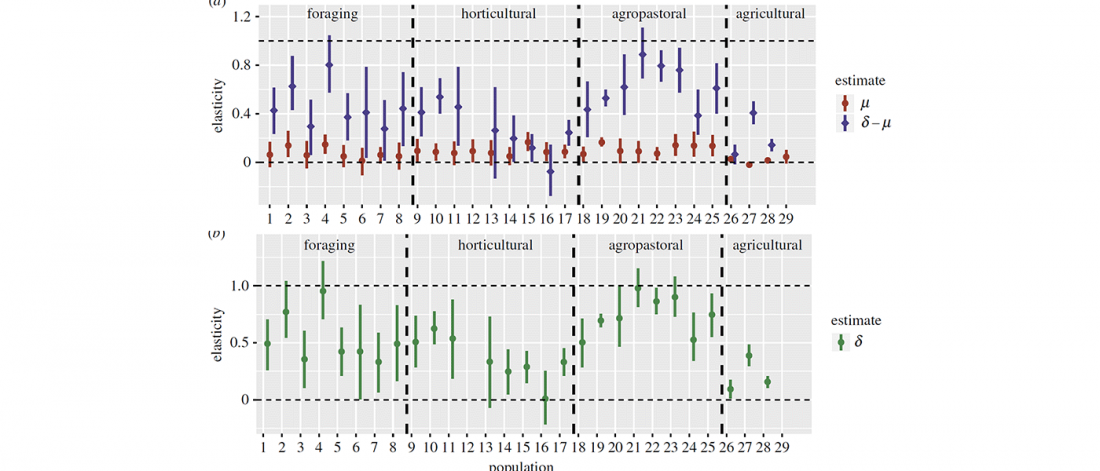Open access Greater wealth inequality, less polygyny: rethinking the polygyny threshold model by Ross et al. Journal of the Royal Society Interface (2018).
Interesting excerpts, from the discussion (emphasis mine):
… Read the rest “Polygyny as a potential reason for Y-DNA bottlenecks among agropastoralists”We use cross-cultural data and a new mutual mate choice model to propose a resolution to the polygyny paradox. Following Oh et al. [17], we extend the standard polygyny threshold model to a mutual mate choice model that accounts for both female supply to, and male demand for, polygynous matchings, in the light of the importance of, and inequality in, rival and non-rival forms of wealth. The empirical results presented
